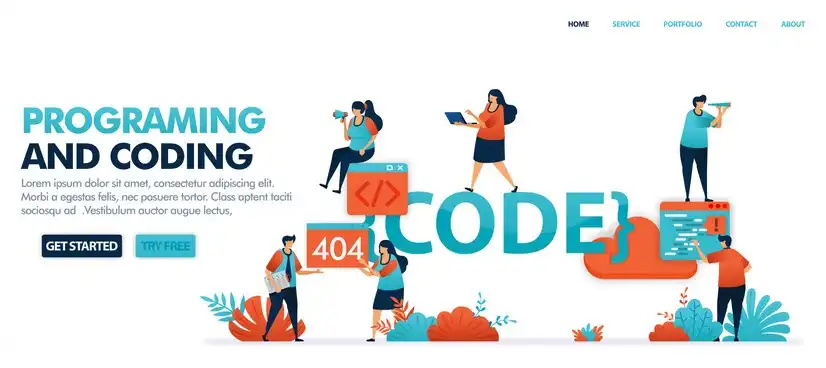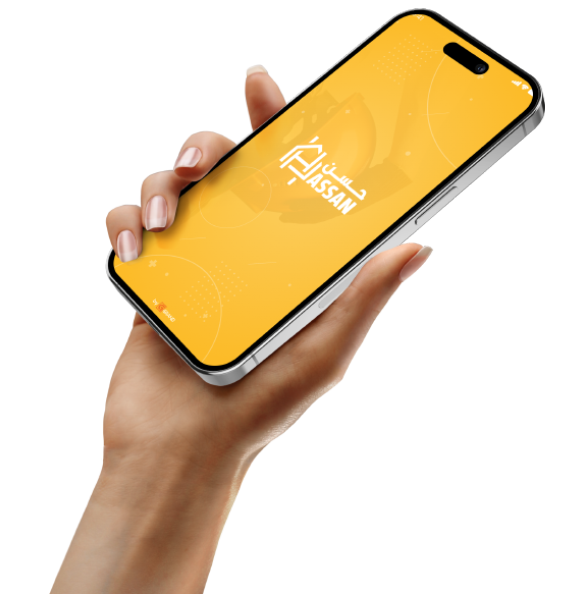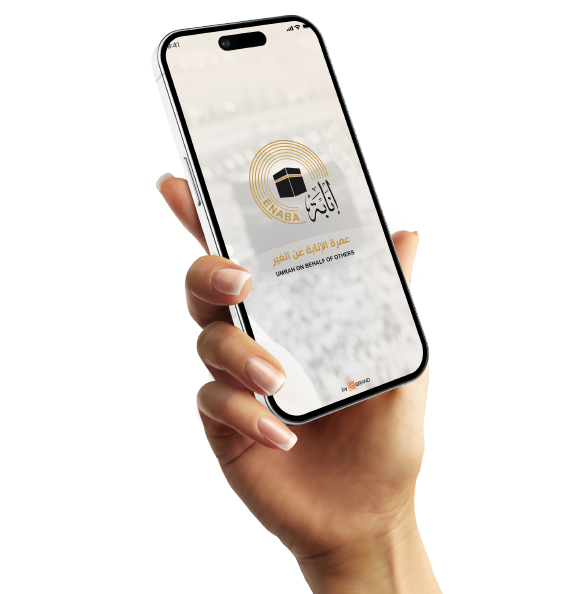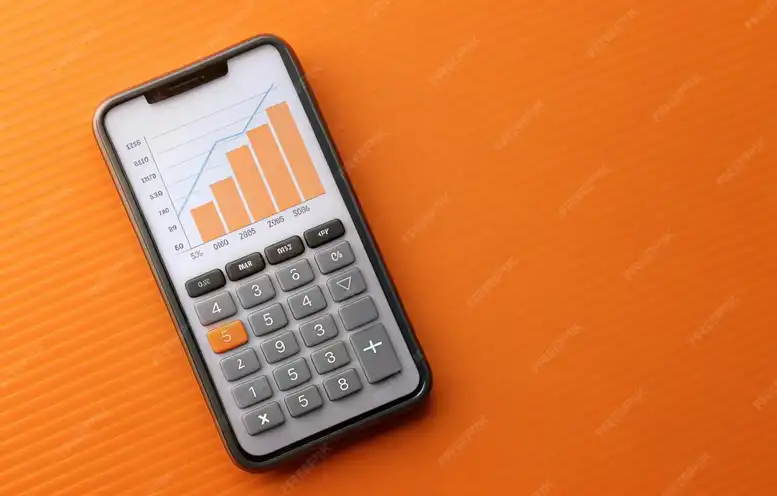Create apps to easily buy and sell used products.

Defining the Target Audience Before Creating a Used Product Buying and Selling App
Before developing a custom app for used products, you must first accurately define your target audience.
This definition is the cornerstone upon which the design, functionality, and marketing approach are built.
Each audience has different needs and priorities, and the app must seamlessly meet these needs.
For example, if the app is aimed at university students, it must be simple, fast, and cost-effective.
While it's aimed at electronics enthusiasts, precise technical details and professional categorization methods must be supported.
Defining the audience helps choose an appropriate user interface, whether for youth, families, or professionals.
It also guides the development team in selecting specific features that serve this audience.
It's essential to study the purchasing habits of the target audience. Do they prefer bargaining? Do they like quick purchases?
You must also understand the types of products they frequently deal with: clothing? appliances? cars?
Some apps fail because they address everyone without focus, becoming confusing and ineffective.
Successful apps, however, are those that address a specific audience with their own style, language, and needs. For example, a mom category might need an app that displays used baby supplies in an attractive and safe way.

The Importance of Search and Filtering in Used Product Apps
When you have hundreds or thousands of used products, the search feature becomes indispensable.
Users don't want to browse through all the offers, but rather find what interests them with minimal time and effort.
Therefore, the app must have a smart and responsive search engine.
The search engine should support keywords, such as "used iPhone" or "new sofa."
But even more important is providing advanced filtering options to narrow down search results.
For example, filtering by price (from - to), city, and product condition (new, almost new, used).
Filming by publication date also helps display the most recent ads first.
Some people are only interested in products close to their location, so filtering by geographic location is essential.
Filtering by seller type can also be provided: individuals, companies, or stores.
In the case of fashion, filters such as size, type (men's, women's), and brand are essential.
When displaying electronic devices, filters such as battery condition, year of manufacture, and color can be added.

Supporting Images and Videos for Displaying Used Products
When selling used products, images can be the deciding factor in a purchase decision.
Users don't trust text alone; they want to see the product's condition.
Therefore, it's essential to support the ability to upload multiple, clear images for each product.
It's preferable to allow users to add up to 5 or 10 images for each product.
These images should be zoomable so buyers can see the finer details.
It's also preferable to have the option to take photos of the product directly from the app without having to open the camera externally.
Sometimes, a photo isn't enough, and this is where short video support comes in.
A video that showcases the product from different angles and demonstrates how it works can give buyers greater confidence.
This is especially true for technical products such as appliances, or furniture that require accurate size visualization.
When displaying products, images should appear in a smooth and fast slider.
It's also possible to support the "cover photo" feature, which appears first in search results.
It's best to guide users when uploading photos: "Take photos from multiple angles" and "Add photos of defects, if any."
This increases the credibility of the ad and increases the chance of a quick sale.
Poor-quality images or ads without images reduce the app's effectiveness and make the user feel unprofessional.
The system must be intelligent in compressing images without compromising their quality, to reduce data size and speed up loading.

Rating and Review Mechanism Between Sellers and Buyers
The rating and review system is one of the key factors in building trust in any app for buying and selling used products.
In the world of e-commerce, users know that ratings and reviews are their primary guide to making purchasing decisions.
Buyers will not be eager to buy from an unknown seller without knowing their previous ratings.
This is where the rating system comes in: it allows buyers to rate the seller after each purchase.
The rating system should be simple and clear, such as five stars or a rating from 1 to 10.
Buyers should be able to write a text review along with the rating to explain their experience.
The app should also display the number of ratings the seller has received, showing a total score.
This helps provide a more accurate picture of the seller's reputation, thus reducing risk.
Text reviews are particularly useful when buyers mention specific details about the product or shipping service.
Sellers should have the right to respond to negative reviews and explain any problems to the buyer.
This helps build a strong reputation for sellers who are transparent and responsive to customer feedback.















